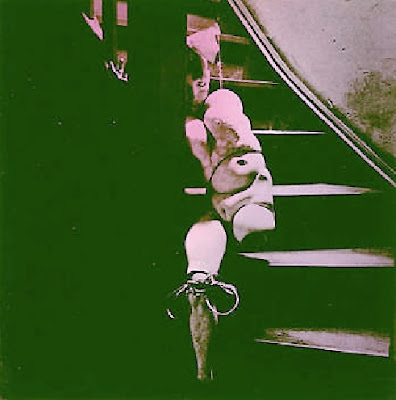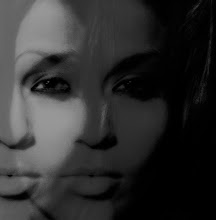Fervently becoming one of the most controversial films of this decade is Lar's von Trier's Antichrist.
Some have given his vision praise saying,
"Lars von Trier has never produced a movie that is void of content, shallow or simply cynical. So as someone who has recently seen the movie, I can tell you, I have been challenged, I thought it was beautiful, and I don't care about the message or the story. What is the purpose of a beautiful flower or of a growing cancer on the roots of a tree? It's life, and it's great"
While others remain unbiased,
"I've heard nothing about this movie that makes me think I'll enjoy it, and nothing about it that will keep me from seeing it."
...or simply unimpressed.
"He and many of his ilk have made careers of trying to shock the rest of us out of our collective aesthetic stupor. And it worked. We’ve now seen it all. And we’re tired of it. What else you got, Lars? "
But a slight majority seem to be enraged:
"It’s bad because mere self-indulgence is not art. A hopeless ragbag of pointlessly pretty shots, hack metaphors, misogyny, undergraduate portentousness and plagiarised cinematography, it left me, by the closing scene, angry. "
"This foul nightmare is so unrelenting, so devoid of humor, that Antichrist ultimately feels more like a snuff film than a horror movie."
Bjork went as far as to accuse him of "soul robbery," vowing never to make another film again after her work with him in Dancer in the Dark.
“You can take quite sexist film directors like Woody Allen or Stanley Kubrick,” she said, “and still they are the ones that provide the soul to their movies. In Lars von Trier’s case, it is not so, and he knows it. He needs a female to provide his work (with) soul, and he envies them and hates them for it. So he has to destroy them during the filming, and hide the evidence.”
While misogyny has been a rampant theme and accusation throughout Trier's career, it is up to the viewer to decide what defines art, and furthermore can violently disturbing images beyond one's enduring limits disrupt the culture that lies within that art? Can the idea that the artist is a misogynistic individual corrupt the experience of it? And should the freedom of expression be condemned when a lack of intelligent explanation and/or purpose is present?
Lars von Trier says his movies choose him, and not the other way around.
"I never have a choice, it’s the hand of God, I’m afraid. And I am the best film director in the world. I’m not sure God is the best god in the world.”
Art has many times been described as a therapy for the artist through their chosen medium, and I believe pieces such as this are less intended to convey a message to the viewer about life, as it is an uncommanded portrait of the artist's therapeutic process- we see, not the result or inspiration, but rather the journey, successful or not.
"As for the personal, therapeutic goal of making Antichrist, he admitted, “It hasn’t really worked”—a reminder to artists that one’s vilest fantasies are sometimes best left un-indulged."
The IFC begins screening of this film on October 23.
I, however opposed I feel towards the character of the directer, will be there to see and ultimately take something away for my own artistic 'therapies.'
Lars von Trier's Antichrist - Official Trailer from Zentropa on Vimeo.


















































